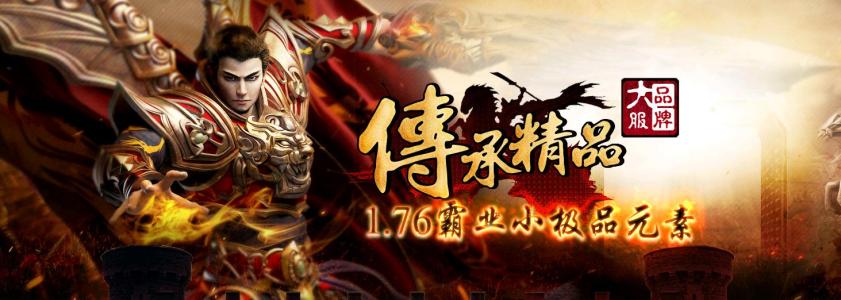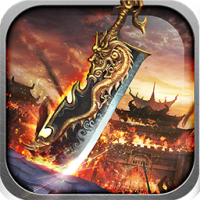Sifuchuanqi: An In-Depth Exploration of This Fascinating Chinese Legend
Sifuchuanqi: An In-Depth Exploration of This Fascinating Chinese Legend
Sifuchuanqi, which translates to "The Legend of the Four Realms," is a captivating tale rooted in Chinese folklore that has fascinated audiences for centuries. This ancient myth explores the intertwining destinies of four kingdoms, each representing a unique elemental force: fire, water, earth, and air. The intricate storytelling, rich characters, and vivid landscapes have made Sifuchuanqi a significant cultural artifact, inspiring countless adaptations in literature, art, and even modern media. In this article, we will delve into the origins, characters, themes, and cultural significance of Sifuchuanqi, providing readers with a comprehensive understanding of this timeless tale.

The Origins of Sifuchuanqi

The roots of Sifuchuanqi can be traced back to ancient Chinese oral traditions, where stories were passed down through generations. Scholars believe that the legend emerged during the Tang Dynasty, a period known for its cultural flourishing and literary achievements. The narrative likely incorporates elements from Daoism, Buddhism, and traditional Chinese philosophy, showcasing a worldview that emphasizes harmony among the natural elements and balance in life. Over the years, various versions of Sifuchuanqi have surfaced, each adapting the storyline to reflect contemporary societal values while preserving the essence of the original myth.
At its core, Sifuchuanqi explores themes of conflict, unity, and the cyclical nature of existence. The four kingdoms, each governed by their corresponding elemental force, often find themselves at odds with one another. This rivalry can be interpreted as a metaphor for the struggles individuals face in their personal lives and society as a whole. The journey of the protagonists in Sifuchuanqi embodies the search for self-discovery and understanding amid chaos and division.
Characters of Sifuchuanqi
Central to the Sifuchuanqi narrative are the characters that inhabit its mystical realms. Each character often embodies the traits of their respective kingdom, providing depth and complexity to the storyline. The primary protagonists include:
- Yunfei: The brave warrior from the Air Kingdom known for his agility and strategic thinking. He symbolizes freedom and innovation.
- Flame: The fiery princess of the Fire Kingdom, representing passion and ambition. Her journey focuses on learning to temper her intensity with compassion.
- Shuiqing: The wise sage from the Water Kingdom, who embodies flow and adaptability. Shuiqing teaches others the importance of patience and acceptance.
- Diangu: The steadfast guardian of the Earth Kingdom, showcasing strength and stability. His character often emphasizes the importance of grounding oneself amid turmoil.
These characters not only drive the plot forward but also participate in an intricate dance of relationships, showcasing themes of love, betrayal, loyalty, and sacrifice. As they navigate their interpersonal conflicts, they ultimately learn the importance of collaboration and understanding, leading to the unification of the four elements.
Thematic Significance of Sifuchuanqi
The narrative of Sifuchuanqi is steeped in profound themes that resonate with audiences across generations. One of the most prominent themes is the idea of balance. The legend illustrates that the four elements, while distinct, are interdependent and must coexist harmoniously. This concept reflects the traditional Chinese belief in the balance of yin and yang, wherein opposing forces complement one another to create a stable existence.
Additionally, Sifuchuanqi conveys the importance of unity in diversity. Through their struggles and eventual cooperation, the characters demonstrate that differing perspectives and backgrounds can lead to enriched experiences and greater understanding. This message holds significant relevance in today’s globalized world, where cultures intersect and individuals seek to navigate differences constructively.
Cultural Impact and Modern Adaptations
The influence of Sifuchuanqi extends beyond literature into various forms of art, including theater, dance, and contemporary media. Its themes have inspired numerous adaptations in films, television shows, and video games, allowing new generations to engage with this classic tale. Artists and creators often reinterpret the story through modern lenses, reflecting contemporary issues while honoring the legends origins.
In recent years, Sifuchuanqi has garnered a following beyond traditional audiences, particularly in digital spaces. Online forums and fan communities discuss interpretations, create fan art, and even develop animated adaptations, demonstrating the legends enduring appeal. Educational institutions also include Sifuchuanqi in literature and cultural studies curriculums, emphasizing its significance as a cornerstone of Chinese storytelling and heritage.
Conclusion
Sifuchuanqi stands as a testament to the profound impact of storytelling in shaping cultural identity and values. Through the lens of this rich legend, readers are invited to reflect on the importance of balance, cooperation, and understanding in a world often marked by division. As we continue to explore and adapt these ancient tales, Sifuchuanqi will remain an influential narrative, bridging the past with the present and guiding us toward a harmonious future.